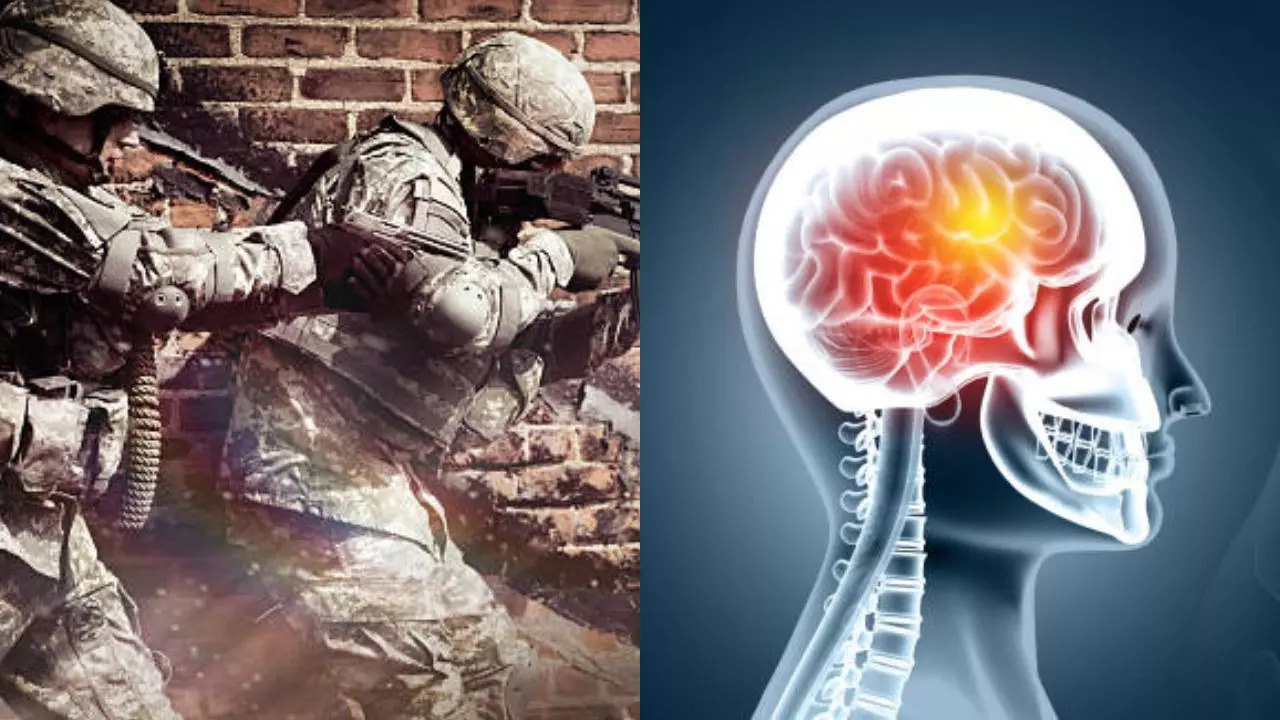Traumatic brain injuries are better known and have been a persistent problem among combat forces, including those subjected to missile attacks and explosions that impacted nearby.
The US military is finding new ways to limit brain injuries that are becoming a big problem among troops. US Special Operations Command is now focusing on new tests and blast monitors to reshape an explosive charge to reduce its effect on troops. According to news reports, the command is developing new ways to better protect warfighters from that blast overpressure and assess their health risks, particularly during training.
“We have guys lining up to volunteer for these studies,” the AP quoted retired Sgt. Major F. Bowling, former special operations medic now working as a contractor at the command. “This is extremely important for the community. “They are very worried about it.”
Although the Department of Defense says it does not have good data on the number of troops with blast overpressure problems, brain injuries are highly traumatic and many may never recover from them.
Last year, more than 20,000 service members were diagnosed with brain injuries.
According to the Department of Defense’s Traumatic Brain Injury Center of Excellence, more than 20,000 service members were diagnosed with traumatic brain injuries last year. Since 2000, more than 500,000 cases have been diagnosed.
Experts say traumatic brain injuries are a leading cause of death and disability in the country; This happens when you receive a strong blow, a jolt to the head, or a blow with something that penetrates the skull. These injuries often cause both short- and long-term medical problems.
Traumatic brain injuries are better known and have been a persistent problem among combat forces, including those subjected to missile attacks and nearby explosions. “Our top priority remains the long-term cognitive well-being and operational effectiveness of our forces as warfighters,” Gen. Bryan Fenton, head of U.S. Special Operations Command, told reporters. “We are committed to understanding and identifying the impacts of blast overpressure on the brain health of our staff.”
Signs and symptoms of brain injury
According to experts, the symptoms of a traumatic brain injury vary depending on whether the injury is mild or moderate and severe. But all of these cause symptoms, including physical problems, difficulty thinking or remembering, and social or emotional problems. Some symptoms include:
- Nausea and vomiting
- Dizziness and balance problems.
- headaches
- extreme fatigue
- Blurred vision
- Short-term memory loss
- Anxiety
- Increased irritability
- Insomnia
- Degraded cognitive performance
- Coma
How are the military trying to reduce casualties with Muchete failing to carry out the charge?
According to General Fenton, research with academics and medical and industry experts is helping to find ways to mitigate and treat overpressure. He said cutting-edge technologies are key to reducing the effects of repeated exposures, like those experienced by many of his soldiers.
General Fenton said they are using a Muchete burst charge, specifically formed in a shape that precisely directs explosions and limits the damaging waves that come from an explosion. “The reduction in blast overpressure returning to the operator on average is generally between 40 and 60 percent,” said Chris Wilson, who leads the command’s team that oversees clinical research and other performance-related initiatives. . “It really also depends on where everyone is. But it’s certainly a pretty dramatic reduction in exposure. So, I think it’s a victory.”
Wilson said development and testing of the load is still ongoing, but units are now using it in training until it gets final approval and can be distributed more widely.
Muchete’s burst charge has Army special forces soldiers wear small monitors or sensors that help them better understand the level of blast pressure they are absorbing. The sensors allow officials to compare readings based on where troops were and how close they were to the explosion.
The command is also now evaluating a number of commercially available blast sensors, and some higher-risk troops are already using them. Tests and other studies continue with the aim of making them out of force in the coming years. Since troops receive extensive training, it helps them hone their skills and prepare for specific operations. So practicing opening a door a dozen or hundreds of times can also help you prepare for injuries.
Disclaimer:
The information contained in this post is for general information purposes only. We make no representations or warranties of any kind, express or implied, about the completeness, accuracy, reliability, suitability or availability with respect to the website or the information, products, services, or related graphics contained on the post for any purpose.
We respect the intellectual property rights of content creators. If you are the owner of any material featured on our website and have concerns about its use, please contact us. We are committed to addressing any copyright issues promptly and will remove any material within 2 days of receiving a request from the rightful owner.

